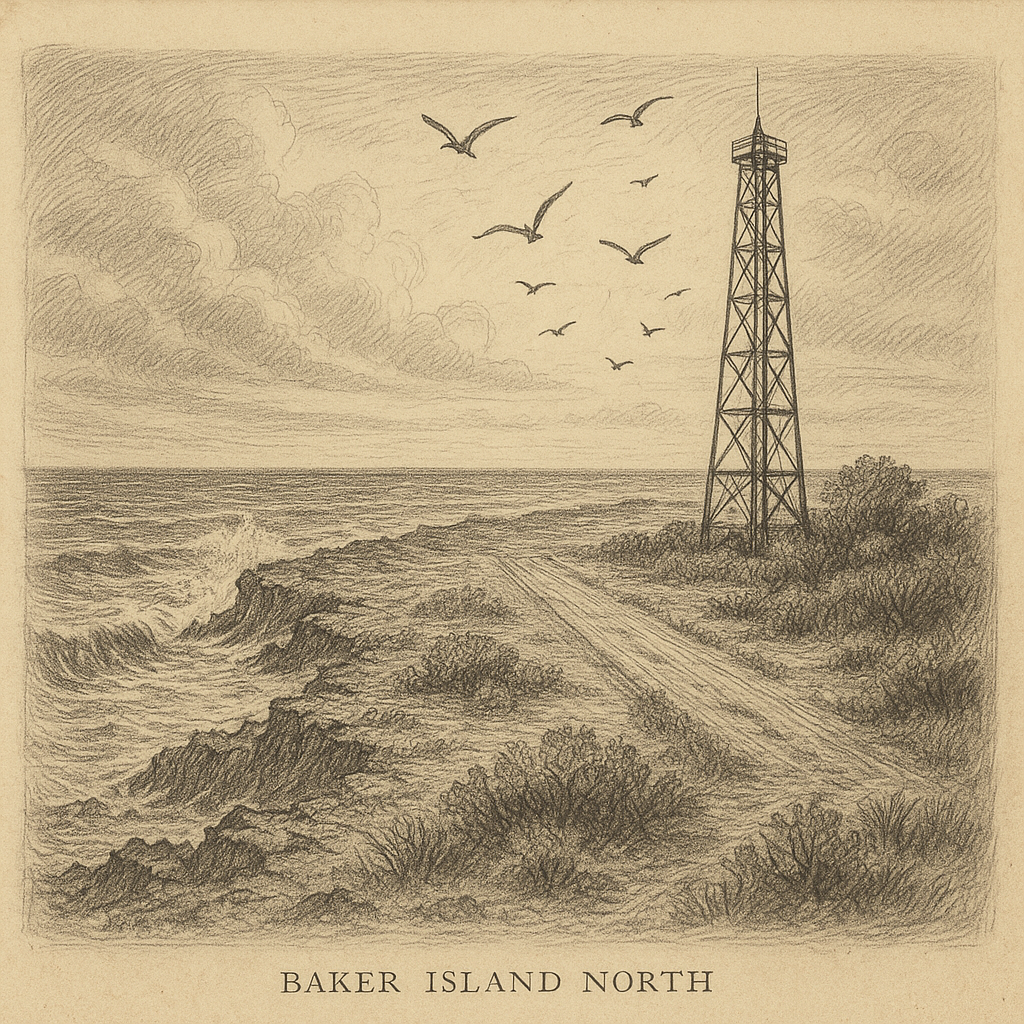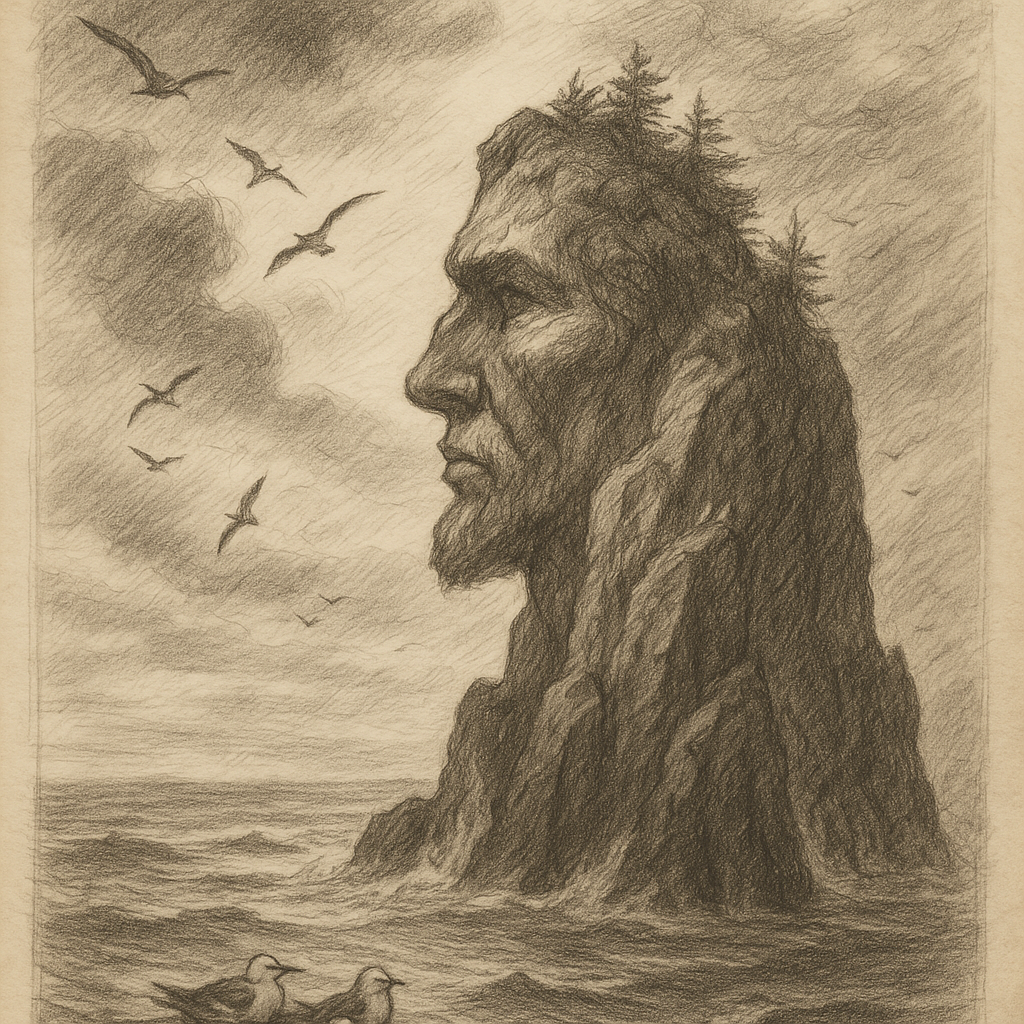Rockall: The Remote Atlantic Outpost
Rockall is a tiny, uninhabited granite islet standing defiantly in the vastness of the North Atlantic Ocean. Often described as one of the most isolated and inaccessible landforms in the world, Rockall has fascinated sailors, scientists, and adventurers for centuries. While it may appear as a mere rock protruding above the waves, this lonely islet has a rich geological, geopolitical, and cultural significance that far exceeds its size.
Location and Geography
Rockall is situated approximately 430 kilometers (270 miles) northwest of Ireland, 300 kilometers (190 miles) west of Scotland’s Outer Hebrides, and nearly 700 kilometers (435 miles) south of Iceland. It lies in a region known as the Rockall Trough, a deep part of the Atlantic Ocean floor. Despite its seemingly central location between the British Isles and Iceland, Rockall is about as remote as any tiny landmass can be.
The islet measures about 17 meters (56 feet) in height and is approximately 25 meters (82 feet) across at its widest point. Its surface area is around 784.3 square meters (8,442 square feet)—barely enough space to support a small party of people or a temporary installation. Swells and fierce Atlantic storms frequently batter Rockall, making any landing both dangerous and rare.
Geological Origin
Rockall has intrigued geologists due to its unique granite composition, which differs significantly from the surrounding ocean floor. It is believed to be the eroded summit of a long-extinct volcano, part of the ancient North Atlantic Igneous Province. The islet itself is made largely of peraluminous granite, rich in rare minerals like aegirine and riebeckite, and is estimated to be around 55 million years old.
Its geological formation is tied to the opening of the North Atlantic Ocean, when the Eurasian and North American tectonic plates began to drift apart. The Rockall Trough, surrounding the islet, is a deep sedimentary basin formed during this same period of tectonic activity.
Ecological Significance
Given its minuscule size and harsh environment, Rockall hosts very limited biodiversity. Its surface provides minimal soil or shelter, and regular high seas wash over the rock. Nonetheless, in summer, guillemots, fulmars, and other seabirds may be seen resting or nesting on its ledges.
The true ecological richness lies in the surrounding waters. The underwater Rockall Bank and nearby Rockall Plateau are significant marine habitats, home to deep-sea coral reefs, sponges, and various species of fish, including orange roughy and blue ling. These ecosystems are increasingly being studied and protected due to their importance for biodiversity and commercial fisheries.
Political and Strategic Importance
Although Rockall itself is uninhabitable, its ownership carries geopolitical weight. The islet is claimed by the United Kingdom, which formally annexed it in 1955. A small plaque was attached to its surface, and a 4-man Royal Navy party landed to officially claim it for Queen Elizabeth II. The UK later incorporated Rockall into part of Scotland in 1972.
However, several nearby nations, including Ireland, Denmark (on behalf of the Faroe Islands), and Iceland, have disputed the UK’s claim—mainly due to the potential economic benefits of the surrounding exclusive economic zones (EEZs), which could include fishing rights and undersea mineral resources. Although the tiny islet itself may lack habitable value, the surrounding waters remain strategically significant.
Interesting Facts about Rockall
Rockall’s allure has inspired numerous expeditions and feats of endurance:
– In 1985, survival expert Tom McClean spent 40 days living on Rockall in a tiny resin shelter, setting a record for solo occupation.
– In 1997, Greenpeace activists occupied the islet for 42 days, declaring it “Waveland” to protest oil and gas exploration in the area.
– The islet has appeared in British maritime weather forecasts, referred to in the shipping forecast as the “Rockall” sea area.
Moreover, Rockall enjoys a peculiar fame in British culture—referenced humorously in TV shows, songs, and even political satire. The official Guinness World Record for the longest occupation of Rockall stands at 45 days.
Legends and Myths Surrounding Rockall
Despite its stark appearance, Rockall has not escaped the human tendency to weave tales around mysterious, lonely places. Some Celtic legends speak of a lost island or rock in the northern sea called “Rocabarraigh,” which is said to surface only in times of national emergency. While not explicitly identified with Rockall, such myths reflect the aura of mystery associated with sea rocks in the North Atlantic.
In more modern lore, some folklorists argue that Rockall has been the inspiration for fictional islands or edges of the known world in British and Irish sea tales. Its menacing presence in the rough Atlantic has been equated to the “edge of the abyss” or even the “last visible point before the end of the world” in certain seafaring traditions.
There’s also a recurring (though entirely unsubstantiated) myth that ancient Norse seafarers referred to Rockall as “Røkull” – an ominous ocean outpost representing stormy seas and troubled voyages. While these stories lack scientific evidence, they contribute powerfully to the mythos of Rockall as a place shrouded in natural danger and enigma.
Access, Conservation, and the Future
Due to its remote location and hazardous conditions, visits to Rockall are exceedingly rare and require careful planning. Attempts to land usually involve a team of climbers with specialized equipment arriving via chartered vessel in calm weather. Helicopters have occasionally been used to place scientific instruments on the islet’s summit.
There are no permanent structures or inhabitants on Rockall, though temporary installations—such as plaques, flags, and sensors—have been affixed over the years. Conservation efforts remain focused on the surrounding marine environment rather than the islet itself, with growing international recognition of the need to protect deep-sea habitats in the region.
As climate change and ocean exploitation continue to reshape Earth’s most remote environments, Rockall may rise in importance—not only as a point of scientific and political interest, but as a symbol of the fragile, often forgotten outposts at the edge of human reach. Whether studied as a geological fragment, contested as a territorial claim, or mythologized in seafaring lore, Rockall remains a striking pinnacle alone in the Atlantic expanse.


